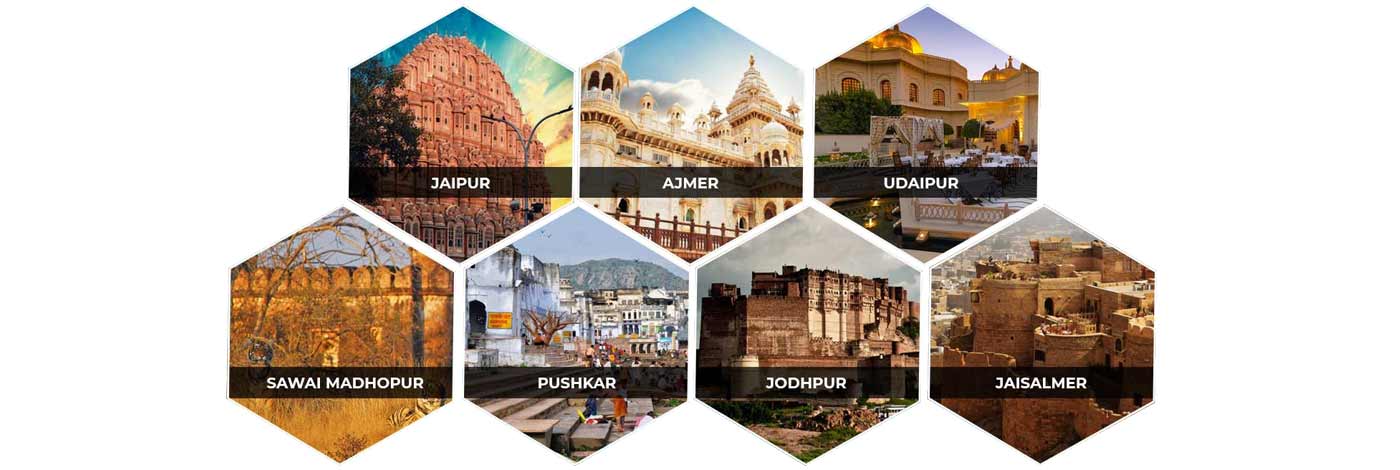
Tal Chhapar Sanctuary Shekhawati
Tal Chhapar Sanctuary is situated in the Churu district of Northwestern Rajasthan in the Shekhawati area. It is 205 km from Jaipur and is located on road from Ratangarh to Sujangarh. The Tal Chappar sanctuary lies in the Sujangarh Tehsil of Churu District. It lies on Nokha- Sujangarh state Highway and is located at a distance of about 82 km from Churu & about 130 km from Bikaner. Tal Chappar sanctuary, situated on the fringes of the Thar desert, is known as home to about 2,000 black bucks.
The nearest Railway station is Chappar which lies on Degana - Churu - Rewari metre gauge line of North Western Railways. The nearest Airport is Sanganer (Jaipur) which is at a distance of 215 km from Chappar. The flourishing grassland ecosystem of Tal Chappar contains a tale of its own. Since 1940s, it was a hunting ground and horse pasture belonging to Maharaja Ganga Singh of Bikaner. The area come to known as a wildlife sanctuary in 1966. The Geology of the zone is obscured by the wind blown over-burden. Few small hillocks and exposed rocks of slate and quartzite are found in the western side of the sanctuary. Area between hillocks and the sanctuary includes the watershed area of the sanctuary. The Sanctuary is generally flooded by water during the heavy rains but with salt mining going on in the watershed. Hardly any rain water falling on the hills reach the Sanctuary. Nothing much grew in these parts except the Prosopis juliflora, an invasive plant species that had pushed out native plants.
Flora and Fauna at Tal Chhapar sanctuary
Flora of Tal Chhapar mainly consists of desert plants like Khejri, Acacia, Prosopis, and grasses of various kinds. The most famous of which is “mothiya”, an excessively sweet grass which can even be consumed by humans. This is the favorite forage of blackbucks and is named so because the seed of this grass resembles a pearl. It was because of the efforts of forest officer Mr.Soorat Singh Punia that mothiya is found abundantly in Tal Chhapar and so are the waterholes that provide water all year round.
The fauna of Tal Chhapar sanctuary is very varied. You’ll find blackbucks here, obviously! And so will Spiny-tailed Lizards which are favourite of the birds of prey, Jungle Cats, Chinkaras, Desert Gerbils, Desert Fox, and Desert Cats.
Birds of Tal Chhapar bird sanctuary
Let’s first cover the migratory birds. Here you can hope to find Montagu’s Harrier, Pale Harrier, Imperial Eagle, Short-toed Eagle, Tawny Eagle, Sparrow Hawk, Skylark, Crested Lark, Ring Dove, Brown Dove, Blue Jay, Southern grey Shrike, Indian Spotted Creeper, Green bee-eater, Black Ibis and Demoiselle Cranes.
Other birds found in the area include Saker Falcon, Long-legged Buzzard, Rufous-printed Prinia, Variable Wheaters, Brown Rockchat, Grey Francolins, Lesser Flameback, Long-tailed Shrikes, Rock-bush Quails, Black Redstarts, Steppe Eagle, Common Kestrel, Shikra, Red-necked Falcon, Pied Avocets, Eurasian Wryneck, Ruffs, Indian Eagle Owl, Common Redshank.
White-eyes Buzzards are the most dominant species of raptors found in Tal Chhapar Sancturary. Some of the rare birds include Red Phalarope, Water Pipit, Buff-bellied/American Pipit, White-browed Bushchat, Eurasian Skylark, Pale-backed/Yellow-eyed Pigeon, White-tailed Eagle, Merlin, Black-bellied Sandgrouse, and Sociable Lapwing.
In Jorbeer you can find Griffon Vultures, Egyptian Vultures, Cinereous Vultures, Steppe Eagles, Eastern Imperial EagleS and so on. Even Punjab Raven and Laggar Falcon are spotted sometimes.
Rajasthan Wildlife
Rajasthan brings to mind the images of forts, palaces, lakes, colourful festivals and the mighty Thar Desert. Rajasthan is a land of varied topography, ranging from the semi green forests of Mount Abu to dry grasslands of the desert, and from the dry deciduous thorn forest of Aravali to wetlands of Bharatpur. Each of these areas is home to variety of rare as well as endangered animal and bird species. The sanctuaries and the wildlife parks here attract the migratory birds and become their temporary home. Migratory birds like the common crane, ducks, coots, pelicans and the rare Siberian cranes, imperial sand grouse, falcons, buzzards flocks to this state during the winter season. In the season time, the whole place echoes with enchanting sounds and fascinating visuals against the sprawling meadow of flora. Each of these areas is a haven for a wide spectrum of wildlife, bestowing the state with some of the most fascinating wildlife sanctuaries in India.
With its unconventional beauty and varied attractions, Rajasthan simply charms its way into our hearts. However, there is another aspect of Rajasthan that draws visitors in hordes. Well, it is Rajasthan's rich wildlife that makes adventure lovers and wildlife enthusiasts flock its national parks and wildlife sanctuaries every year. A very well known fact is that Rajasthan has a variety of flora and fauna. Rajasthan is the haven of the tigers and many endangered species. Rajasthan is the home of some rare species of tigers, blackbucks, chinkara, the desert fox, the endangered caracal, the great Indian bustard, gavial, monitor lizard, wild boars, porcupine, etc. The leopard (panther) here is found in forests and in open degraded forest areas with rocky outcrops adjoining towns and villages. Each type of ecosystem is host to some rare species, so they have been marked as special area wildlife.
Rajasthan boasts of three national parks and over a dozen sanctuaries that offer a fascinating variety of birds and beasts, of flora and fauna and of hilly and forested terrain. Most of these areas are open to visitors round the year but are closed briefly during the monsoon. The wildlife sanctuaries in Rajasthan offer some of the best wildlife tours in India and can be explored either by jeep or on elephant back. So, get set for a jeep or elephant safari and enjoy a close encounter with the wild beasts and beautiful birds in their natural habitat. For those looking for adventure, these wildlife sanctuaries of Rajasthan provide the kind of excitement that really makes the adrenaline flow.
The Nahargarh Biological Park has a variety of vegetation and several species of wild beasts. The Jhalana Nature Trail, Arboretum Park, Amrita Devi Park and Machia Safari Park are the other popular ones. Around 550 species of birds can be traced in the lakes, ponds, marshlands and grasslands of Rajasthan. They are an absolute paradise for bird lovers most of which are residents. The best colony of birds in the world is Kealodeo National Park situated in Bharatpur. The Keoladeo Ghana National Park at Bharatpur is a bird sanctuary that is visited, every year, by our feathered friend from distant lands. It is famous for the exotic Spoonbills and Siberian Cranes. It has more than 400 species of birds and more than 130 of them breed inside the park. Being a unique bird place, the UNSECO has recognized it as a world heritage site. The Sariska Wildlife Sanctuary and the Ranthambore National Park are tiger reserves and homes to the royal Indian tiger. These destinations have a large variety of other wild species including the wild boar, jackal, sambar and nilgai. The Ranthambore National Park is also a heritage site, as it houses the magnificent ruins of a thousand-year-old fort.
The best season for bird watching begins with the onset of winter when marshlands and lakes are inhabited by migratory birds as well as resident birds. Flamingos, too can be seen in salt-water lakes like Pachpadra near Barmer and Sambhar near Jaipur. The major wetlands other than Bharatpur in Rajasthan.
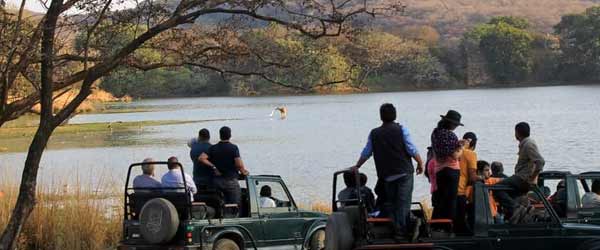
Ranthambore National Park
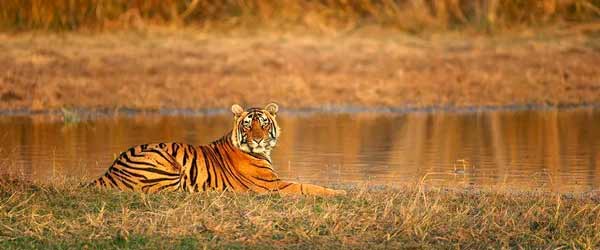
Sariska National Park, Alwar
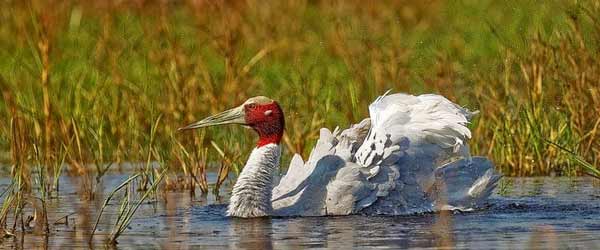
Keoladeo Ghana Bird Sanctuary
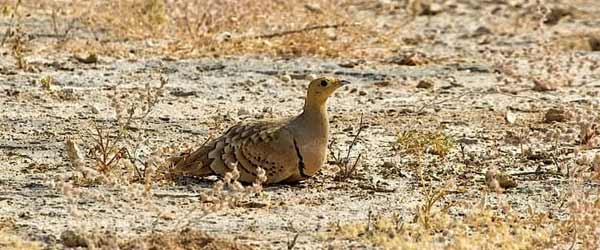
Desert National Sanctuary
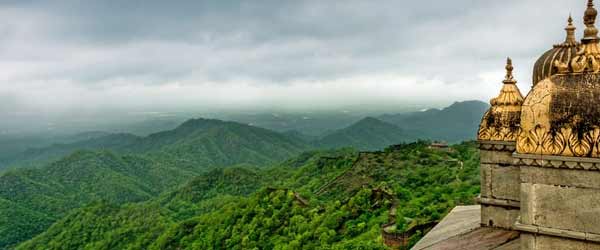
Kumbhalgarh Wildlife Sanctuary
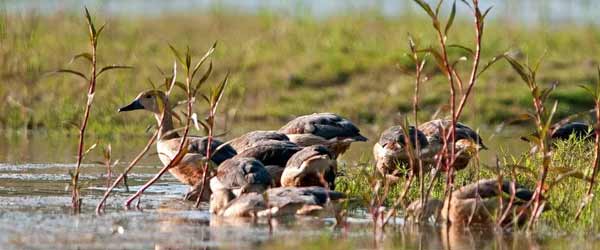
Darrah Sanctuary, Kota
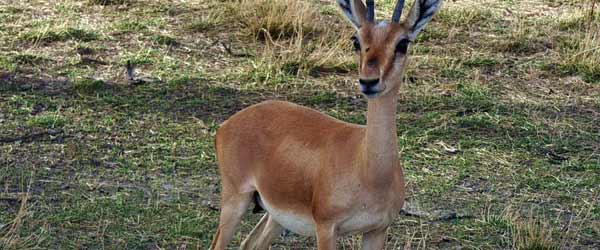
Mount Abu Sanctuary
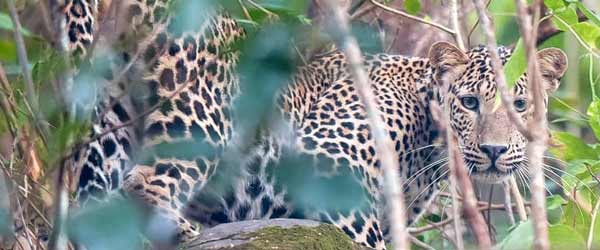
Sita Mata Sanctuary, Pratapgarh
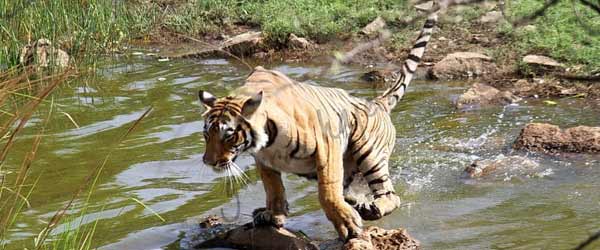
Keladevi Wildlife Sanctuary
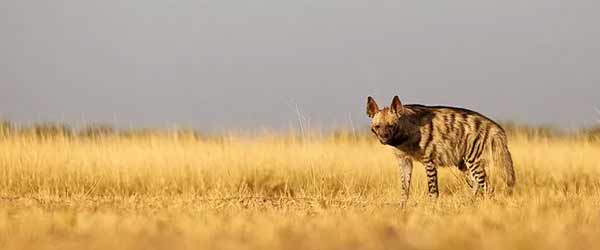
National Chambal Wildlife
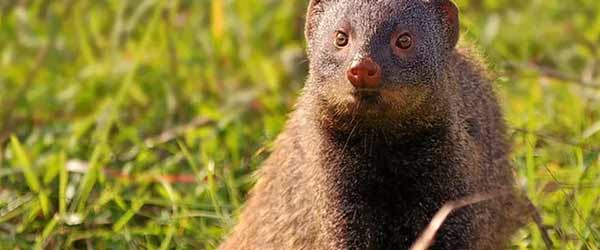
Machiya Safari Park, Jodhpur
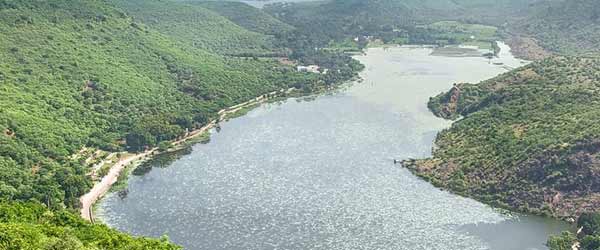
Ramgarh Vishdhari Sanctuary
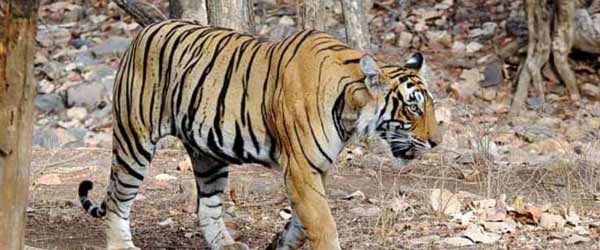
Mukundara Tiger Reserve, Kota
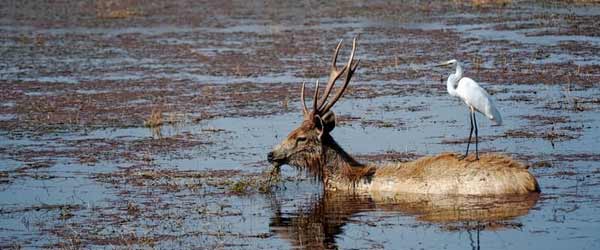
Baretha Wildlife sanctuary
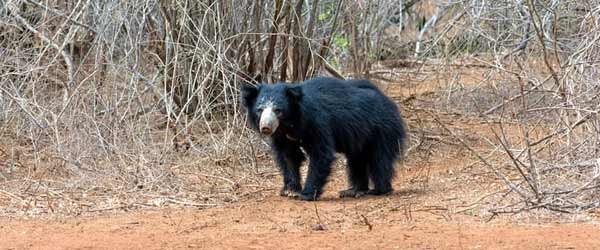
Jaisamand Sanctuary, Udaipur
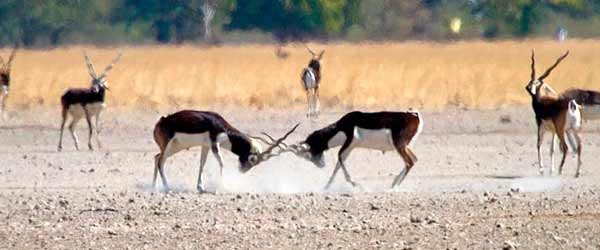
Tal Chhapar Sanctuary
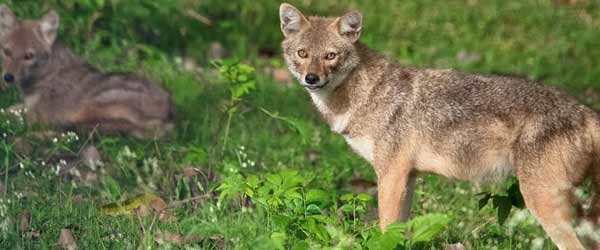
Bassi Wildlife Sanctuary
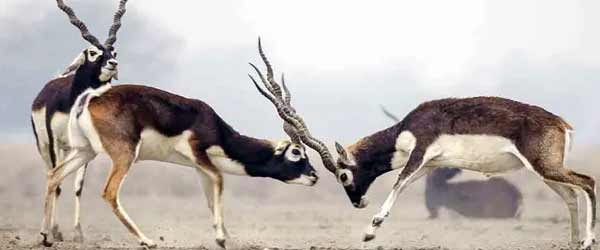
Gajner Wildlife Sanctuary
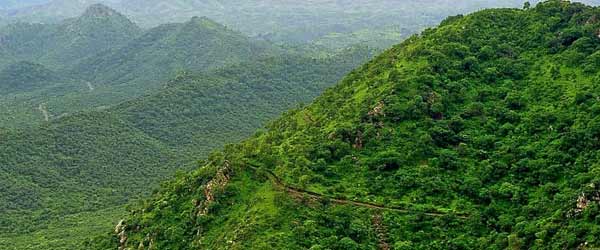
Sajjangarh Wildlife Sanctuary
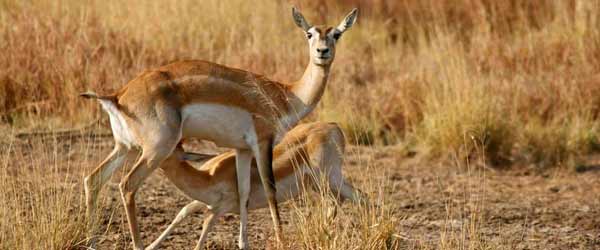
Todgarh Raoli Wildlife Sanctuary
 +91 9549279999
+91 9549279999 